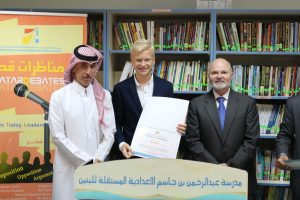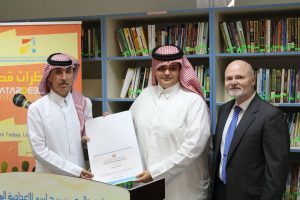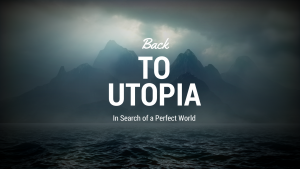Blog Post Author: Noah Grissett, ELA high school teacher
Over the past few weeks, I have been working on critical thinking skills through debate in the classroom. Debate is one of the best ways to get students to think critically and develop their rhetorical abilities because students are required to think and research an issue that they may have never thought thoroughly about before. On top of that, students are required to think through their arguments from the opposing viewpoint because they know that the opposing team will find holes in their argument if they do not. Debate and public speaking is something that comes very natural to many of our students as it is a very essential part of Arabic culture; however, it can be difficult to channel those skills into the more formal arena that debate requires.



I found that the most difficult part of teaching debate was requiring students to argue a side of an issue with which they did not agree. Most of our students have never had to do that, so it really stretches them to think about the consequences of decision-making. It is likely that many of our students will take on leadership roles either in companies or even in the local government or diplomatic positions. In order to be successful in these positions, they will need to be able to think critically about their own assumptions and how those might impact the lives of the those under their authority. This debate offered a lot of opportunities for our students to stretch that empathetic side of their personalities.



I was very proud of our high school students and seeing their hard work and research pay off so effectively. If you see Rashid Al Khater, Marcus Rydlo, or Jassim Al Thani (all 9th-grade students) in the hallways please congratulate them on for their diligent efforts!
